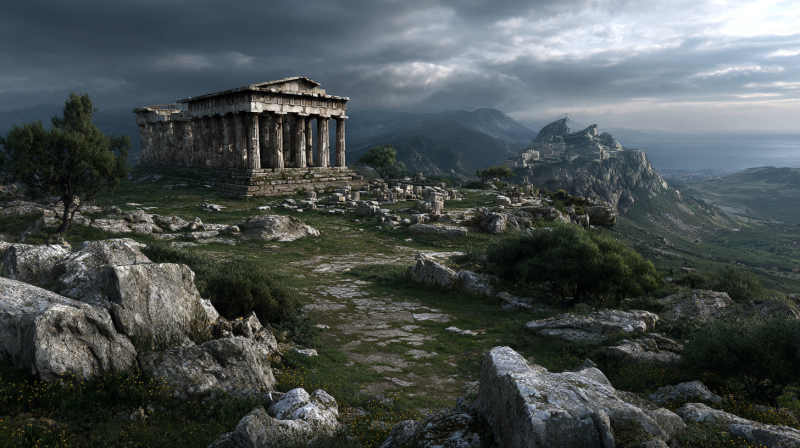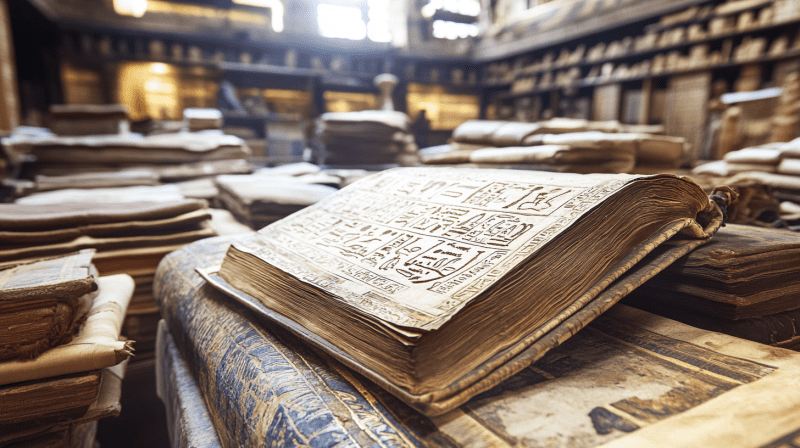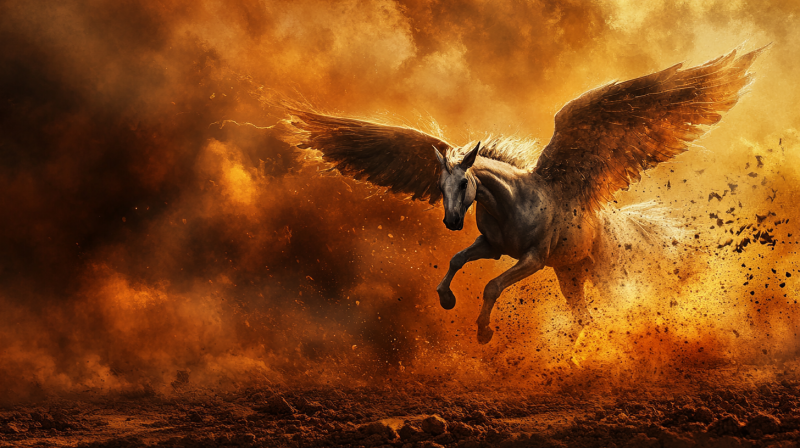Long before satellites traced the contours of continents and sonar plumbed the abyssal depths, ancient civilizations gazed across the endless blue and asked a fearful question: What if the waters rose again?
Flood myths are among humanity’s oldest legends, depicting heavy rains, flooded worlds, and deliverance in the face of devastation. From the highlands of Peru to the river valleys of Mesopotamia, cultures separated by oceans and centuries tell eerily similar stories. Why?
Is this phenomenon a coincidence? Is this a psychological reaction to the chaos of nature? Or are these stories remnants of a shared, ancient past, imprinted in humanity’s psyche like a watermark left by a rising tide?
The Story of Utnapishtim: Sumer’s Forgotten Survivor
Our journey begins in ancient Mesopotamia, the cradle of civilization, nestled between the Tigris and Euphrates rivers. Long before Noah, there was Utnapishtim.
In the Epic of Gilgamesh, a Sumerian-Babylonian tale dating back to at least the 18th century BCE, the gods decide to flood the earth. The god Ea warns Utnapishtim, a wise man, and instructs him to build a giant boat. Onboard, he loads his family, craftsmen, and “the seed of all living creatures.”
When the rain stops, Utnapishtim sends out birds—a dove, a swallow, and eventually a raven—to find dry land.
The parallels with the Genesis flood story are stunning.
“On the seventh day, the storm subsided… The boat lodged on Mount Nisir. I sent forth a dove… I sent forth a raven. The raven saw that the waters had receded, it did not return.”
— Epic of Gilgamesh, Tablet XI
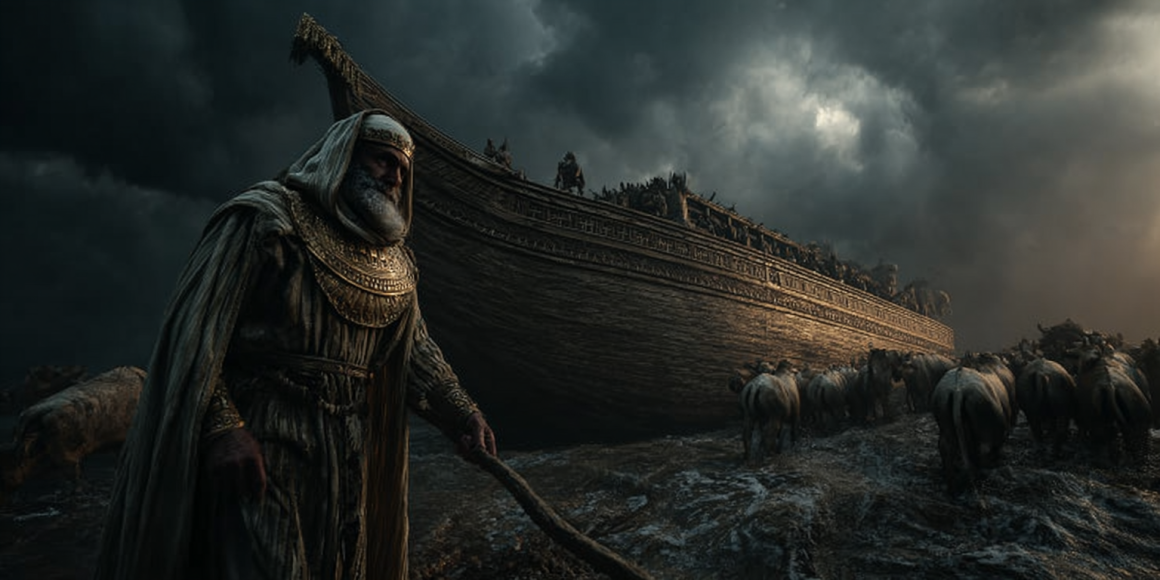
Noah’s Ark: A Covenant Through Rain
Of all flood myths, Noah’s story from the Hebrew Bible’s Book of Genesis is the most widely known today.
God, seeing the wickedness of man, decides to “cleanse the earth.” Noah, described as righteous among his generation, is instructed to build an ark and bring in animals “two by two.” The world is drowned for forty days and nights. When the waters recede, a rainbow appears, symbolizing a heavenly promise that the world would never be destroyed by flood.
But why does this narrative mirror the much older Mesopotamian version?
Was the tale absorbed during the Jewish exile in Babylon? Or does it stem from even older oral traditions passed down and adapted across generations?
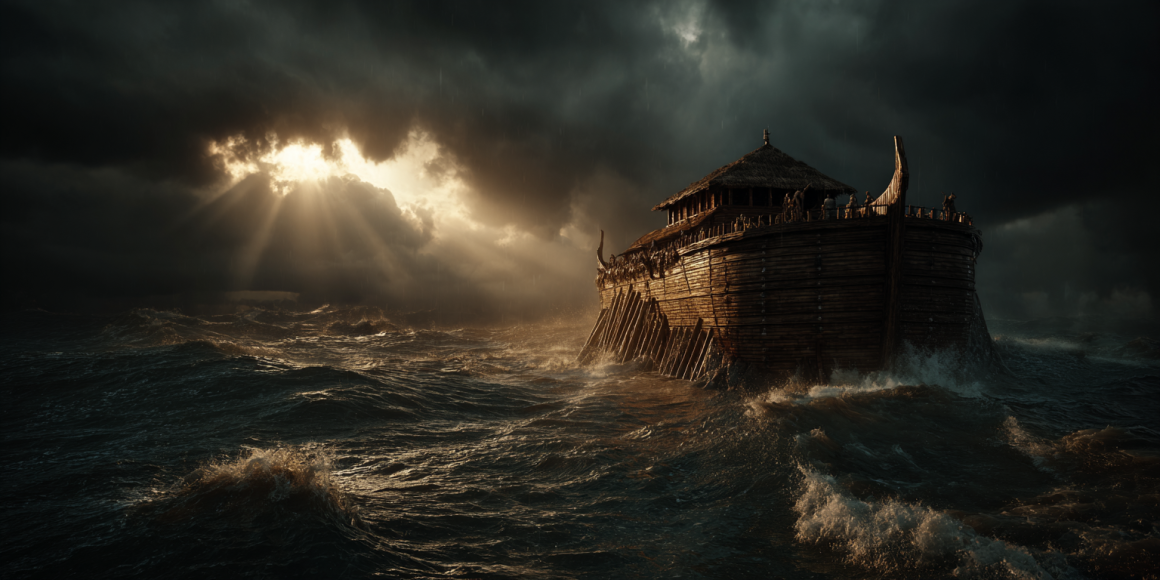
Manu and the Fish: India’s Cosmic Deluge
Across the mountains to the East, in ancient India, we find another flood myth—this one told in the Satapatha Brahmana, a Vedic text dating to around 1000 BCE.
A mysterious fish, an incarnation of the god Vishnu, warns Manu, the first man, of the impending catastrophic flood. He constructs a boat and fastens it to the fish’s horn, which guides him through the receding waters. In Manu, a new humanity is born.
This tale is not only spiritually rich, but it also contains cosmological elements: time cycles, destruction and rebirth, and divine intervention.
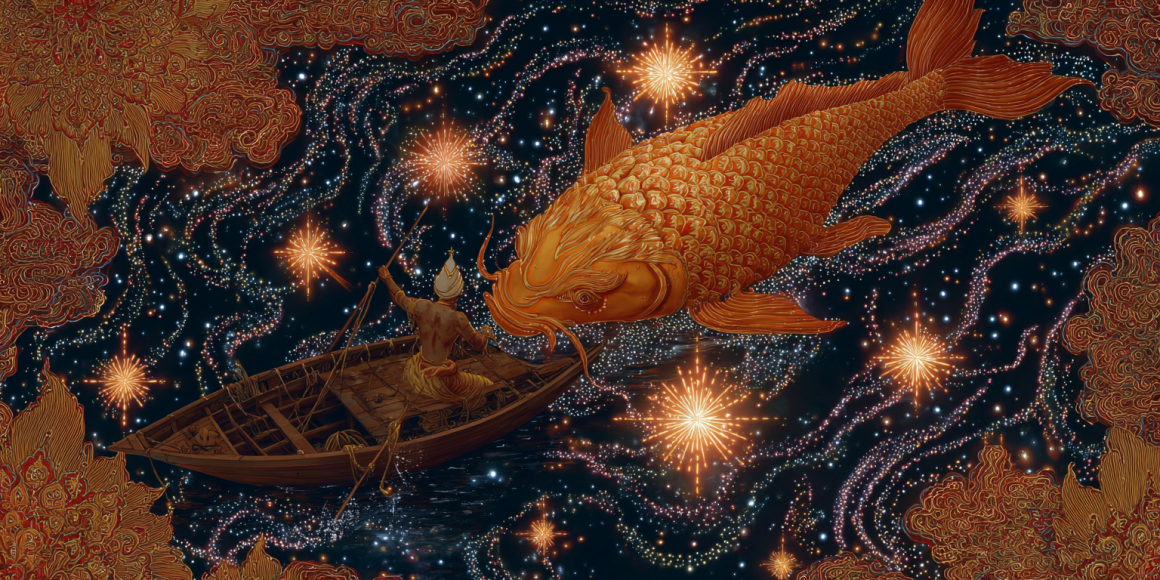
The Deucalion Deluge: Greece Reborn in Stone
In Greek mythology, after the arrogant and sinful Bronze Age, Zeus resolves to destroy mankind. Only Deucalion and his wife, Pyrrha, warned by the titan Prometheus, survive by building a chest and riding out the flood for nine days.
After landing on Mount Parnassus, they repopulate the planet by flinging stones over their shoulders that transform into humans—men from Deucalion’s stones and women from Pyrrha’s.
This myth speaks not only to renewal but also to a creative interpretation of rebirth: humans as offspring of the very bones of Earth.
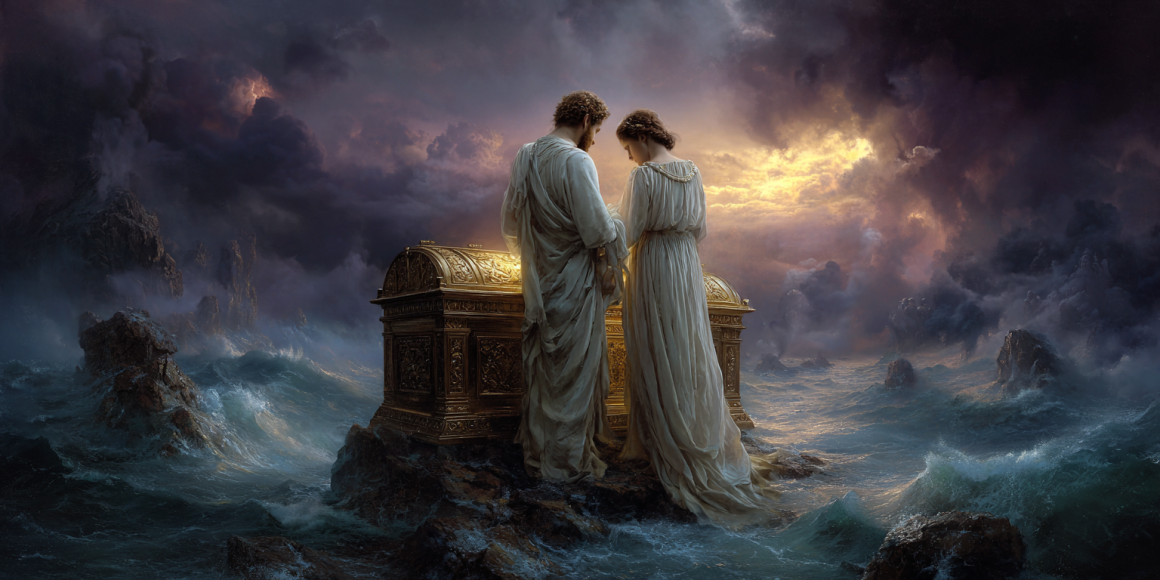
Unu Pachakuti: Andean Rains and Divine Reprimands
Far from the Mediterranean, in the Andes of South America, the Inca told of a massive flood that ended the first age of man. The god Viracocha sent this cataclysm, known as Unu Pachakuti, to punish giants and unruly humans.
After the flood, Viracocha created new humans from stone. The parallels with the Greek Deucalion myth are intriguing: divine punishment, transformation through stone, and renewal of life.
How could two vastly separate civilizations invent nearly identical myths?
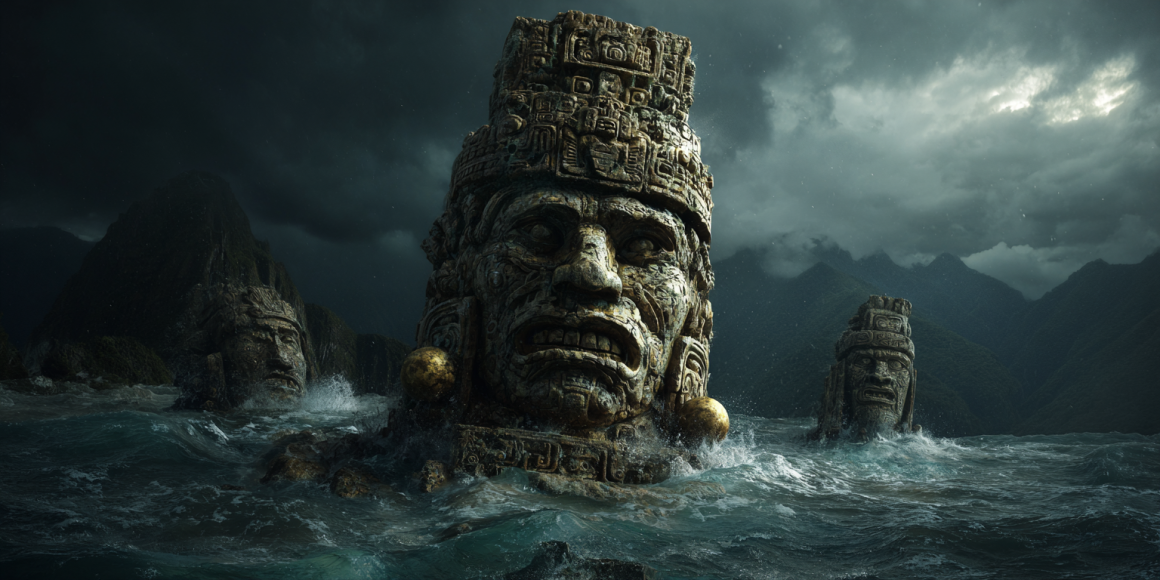
The Gun-Yu Myth: Taming the Chinese Flood
In Chinese mythology, the Great Flood wasn’t a one-time deluge but a prolonged chaos of swelling rivers and drowned lands.
The hero Yu the Great inherits the task of flood control from his father Gun. Unlike others who tried to dam the waters, Yu redirects the rivers through canals, working for years without rest. His success earns him the throne and ushers in the Xia dynasty.
Rather than divine wrath, this myth praises perseverance, civil engineering, and harmony with nature.
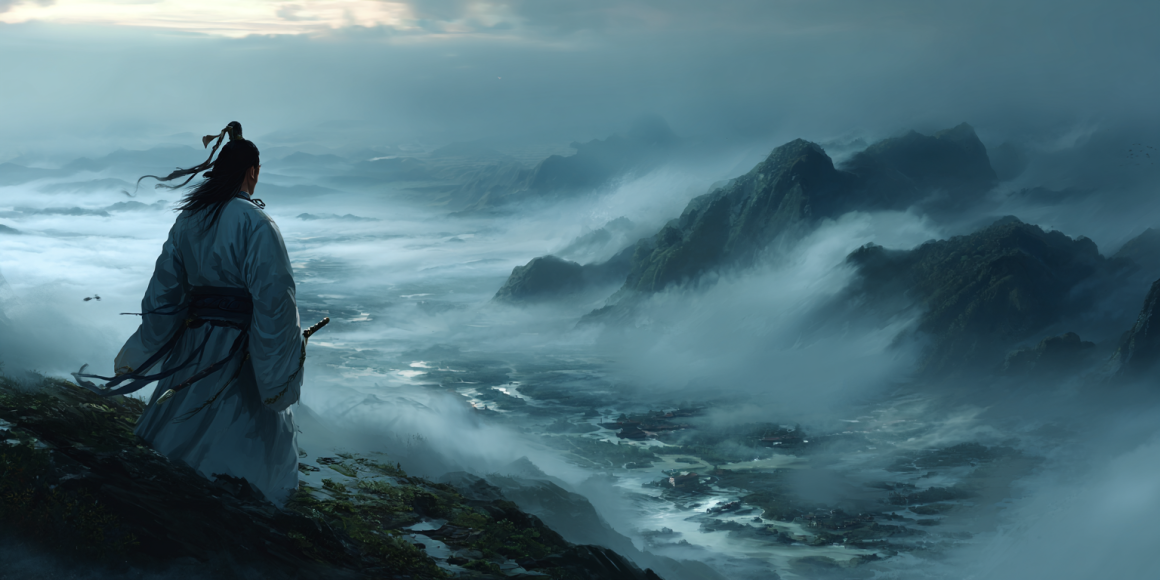
The Aboriginal Tiddalik: The Thirst that Brought the Waters
In Aboriginal Australian tradition, the frog Tiddalik drank all the world’s water, causing drought and despair. Other animals devise a plan to make him laugh. When he finally does, he bursts into laughter and releases the water, flooding the land.
This myth, light-hearted on the surface, contains ancient echoes of water scarcity, ecological balance, and communal survival.
While not a traditional flood myth, it reflects the ever-present tension between water and life.
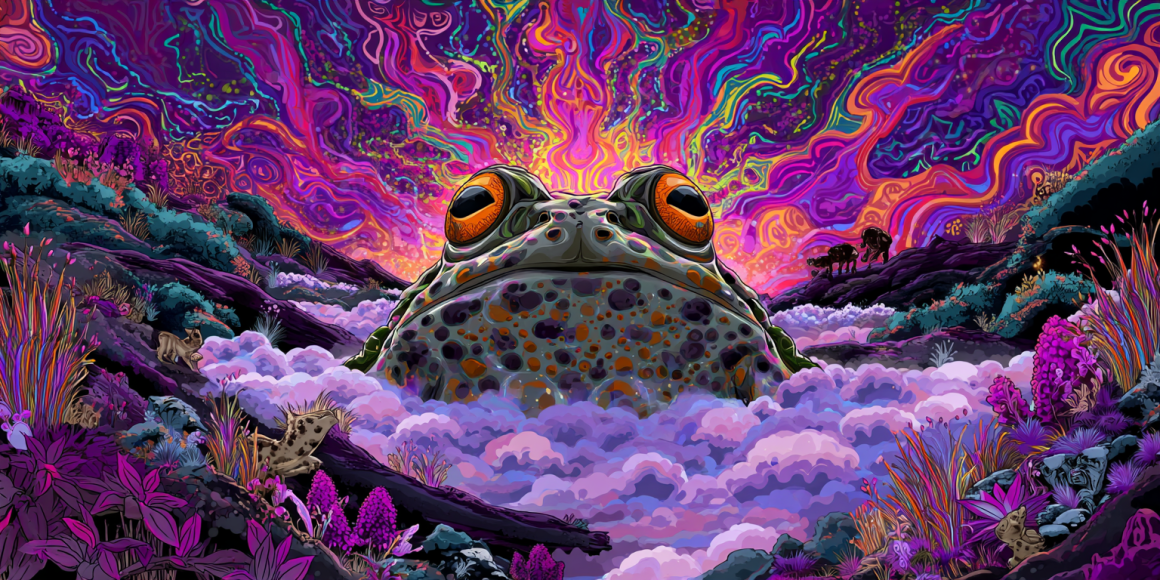
Flood Myths as Archetype: Carl Jung and Collective Memory
Carl Jung proposed that recurrent mythical motifs, like floods, serve as archetypes, representing primordial images deeply embedded in the collective subconscious of humanity. Water, representing the unconscious mind and emotional chaos, becomes a universal metaphor for destruction and rebirth.
The flood archetype may represent the dread of losing control or being overwhelmed, as well as the possibility of rejuvenation following catastrophe.
Were our ancestors transmitting something more symbolic than literal? Or perhaps, both?
Geological Echoes: Was There a Real Flood?
Some researchers suggest that global flood myths could have been inspired by real, regional catastrophes:
- The Black Sea Deluge Hypothesis posits that a sudden influx of Mediterranean water into the Black Sea around 5600 BCE could have inspired early flood legends.
- Sudden glacial lake outbursts at the end of the Ice Age might have caused massive local floods across Eurasia and the Americas.
- Rising sea levels after the Last Glacial Maximum swallowed vast areas of coastal land worldwide.
Did these events become encoded in story form, retold and reshaped over generations?
Coincidence or Shared Memory?
So what do we make of these stories, scattered across continents and languages?
- They feature gods or spirits punishing or rescuing humanity.
- Often only one or two people survive to rebuild.
- Animals are saved, sometimes in pairs.
- A mountain or high place serves as refuge.
- The water eventually recedes. A new beginning dawns.
Is it possible that these myths are a shared memory of a real, global cataclysm? Or are they the natural result of humanity’s universal dependence on and fear of water?
Perhaps both truths flow together like rivers into a single sea.
The Waters Remember
Flood myths are about more than just destruction; they also teach us about survival, transformation, and continuity.
They speak to something deep in the human soul: the fear that everything can be washed away in an instant and the hope that life will rise again from the mud.
So next time the rain taps your window, remember: somewhere in our distant past, the sky wept for days, and our ancestors, in boats and dreams, clung to the promise of a brighter dawn.
Citations
- George, Andrew. The Epic of Gilgamesh. Penguin Classics, 2000.
- Jacobsen, Thorkild. The Treasures of Darkness: A History of Mesopotamian Religion. Yale University Press, 1976.
- Genesis 6–9, The Holy Bible (NIV).
- Doniger, Wendy. Hindu Myths. Penguin Classics, 1975.
- Ovid. Metamorphoses, Book I.
- Allen, Catherine. The Hold Life Has: Coca and Cultural Identity in an Andean Community. Smithsonian Institution, 2002.
- Maspero, Henri. China in Antiquity. University of Massachusetts Press, 1978.
- Berndt, Ronald M. & Berndt, Catherine H. The World of the First Australians. Aboriginal Studies Press, 1999.
- Ryan, William & Pitman, Walter. Noah’s Flood: The New Scientific Discoveries About the Event That Changed History. Simon & Schuster, 1999.
- Jung, Carl G. Man and His Symbols. Dell Publishing, 1964.

